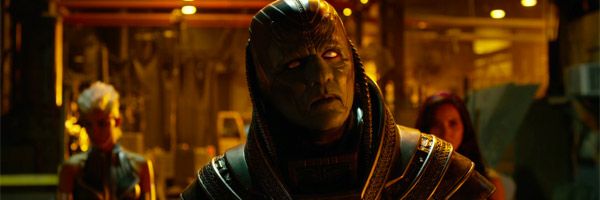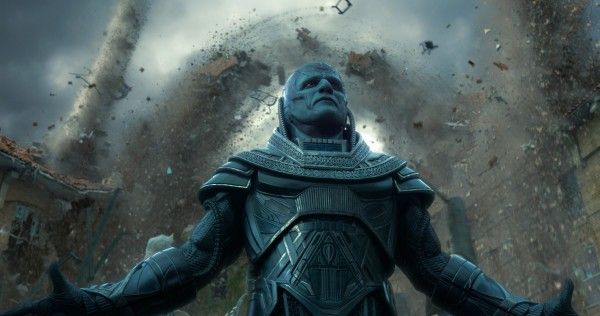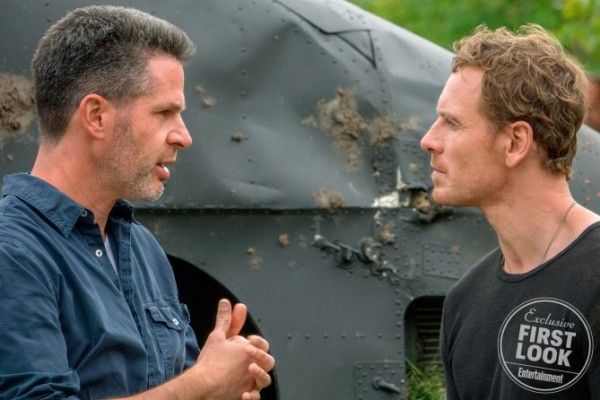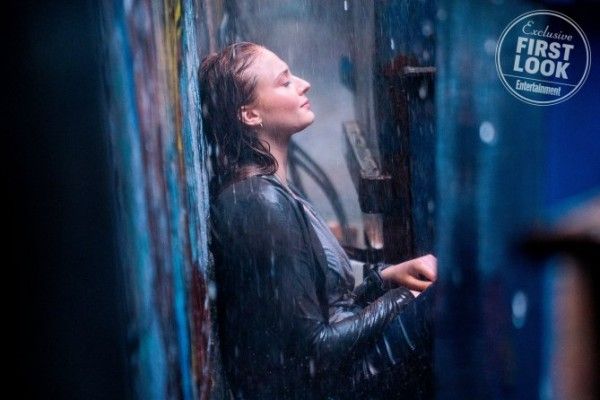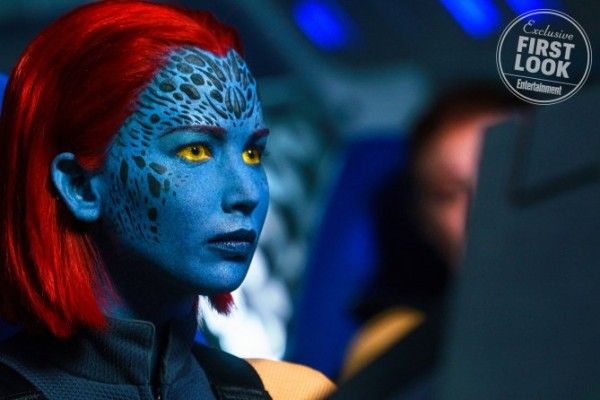While X-Men: Apocalypse grossed over $540 million at the worldwide box office, that was $200 million less than its predecessor, X-Men: Days of Future Past, and doing worse than the previous film is never a good sign for sequels. Moreover, reviews were quite unkind for director Bryan Singer’s “disaster movie” version of an X-Men film. So when it came time to craft the next X-Men movie, the filmmakers needed to acknowledge the mistakes that were made in Apocalypse and ensure they wouldn’t be repeated in X-Men: Dark Phoenix.
The new movie—which takes place in 1992 and finds Sophie Turner’s Jean Grey transformed into the titular Phoenix, which wreaks havoc on her friends and others—marks the directorial debut of Simon Kinberg, who co-wrote and/or wrote The Last Stand, Days of Future Past, and Apocalypse and also produced those X-Men films. He’s been heavily involved in the crafting of these comics adaptations, but until now has never been handed the reigns to do it his way. Until Dark Phoenix.
Speaking with EW, Kinberg acknowledges that on Apocalypse they became too focused on visual ideas and lost sight of the characters themselves:
“I think we took our eye off what has always been the bedrock of the franchise which is these characters. It became about global destruction and visual effects over emotion and character… One of the things I went into this film wanting to do is obviously focus on the characters and give them real emotions to play and come up with a theme that would make it feel relevant and necessary in today’s world.”
Producer Hutch Parker goes one further, acknowledging that the script for X-Men: Apocalypse was in flux throughout production and the film came at a time when the superhero genre was evolving:
“It’s always dangerous if your script is evolving while you’re shooting. Certainly, in hindsight, we all feel like the genre has been evolving aesthetically and tonally and that the film didn’t. There’s a lot that I think is very good in the film but, as a whole, it was struggling to find ways to coalesce, narratively emotionally and in terms of plot. Aesthetically, it felt sort of dated relative to an evolution you were seeing play out everywhere else. We learned a lot from that.”
Indeed, we’ve now seen Deadpool and Logan take the superhero genre in fascinating directions, which no doubt gave Kinberg more freedom to explore a different kind of X-Men movie that didn’t necessarily hit the same notes as every other blockbuster. In that regard, Turner says a lot of the film was shot handheld, with a tactile and grounded quality to the imagery:
“It is so gritty and there are so many fantastical things in this movie and we really wanted it to resonate with every member of the audience who watches it so we had to make to so real as well. You still get that sense of escapism when people start flying but there’s so much reality in it. I think it will really affect people. And the way Simon shot it — the majority of this movie is handheld, like Steadicam.”
The first images teased an intriguing evolution, and now these comments have me wildly fascinated to see exactly what Kinberg is doing here. The possibility to craft a truly unique kind of X-Men movie is there, so here’s hoping the team delivers.
X-Men: Dark Phoenix opens in theaters on November 2, 2018.

